The slice didn't die because it was a bad shot. It's gone extinct because the game has evolved to favor the fast pace facilitated by topspin.
For years, the slice was the Swiss Army knife of pickleball shots. It was reliable, deceptive, and effective. Players built entire games around it. Now, that era is officially over.
💡
Love pickleball? Then you'll love our free newsletter. We send the latest news, tips, and highlights every Monday, Wednesday and Friday.
In a recent video, Zane Navratil breaks down why aggressive slices have become essentially obsolete at the professional level, and more importantly, what's replacing them.
The shift isn't subtle. It's a fundamental reimagining of how the game's best players approach shots that used to be considered essential.
Why Raw Carbon Fiber Changed Everything
Let's rewind for a second. The slice didn't just disappear overnight. Navratil points out that slices have been "terminally ill since 2021" because of one major development: the popularization of raw carbon fiber paddle faces.
That material fundamentally altered how much spin players could generate, which sounds technical but actually matters a ton for understanding what happened next.
When you can generate massive amounts of spin with a flat or topspin shot, suddenly the slice loses its primary advantage. The slice was always about control and deception through backspin.
But if your opponent can take that backspin and amplify it into an aggressive topspin return? Well, you've just handed them a loaded weapon.By 2025, we're not just seeing the decline of the slice. We're watching it get actively phased out by players who've realized there are better options.
The Return Shot: First to Fall
The slice return was the first casualty.
Think about what happens when someone hits a slice return at you. The returner can continue the direction of that spin and increase it by hitting an aggressive topspin shot back. More spin means they can either dip the ball below net level or hit harder while the spin keeps it in the court.
It's a no-lose scenario for them.
"Pro players almost never slice their returns anymore," Navratil explains.
And that's not hyperbole. Watch professional matches now and you'll see aggressive topspin returns dominating. The slice return has become a relic.
Avoid These 3 Deadly Mistakes to Master Aggressive Dinking
The aggressive dink isn’t about overpowering your opponent. It’s about creating pressure through placement, using deception to keep them guessing, and understanding when to attack versus when to reset
 The Dink PickleballAlex E. Weaver
The Dink PickleballAlex E. Weaver
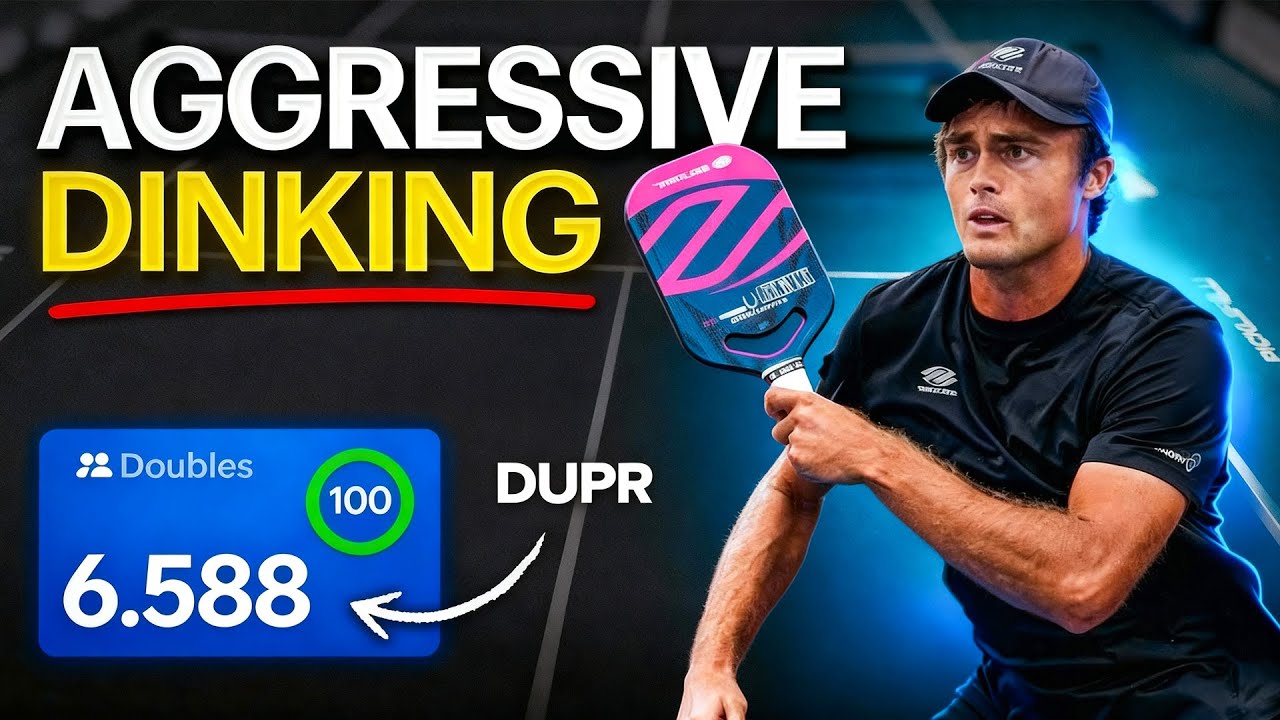
Thirds and Dinks: The Next to Go
The aggressive backspin third shot followed the return into obsolescence, and the reasons are pretty straightforward.
Backspin naturally floats through the air more than flat or topspin shots, which gives the returner extra time to get to the net. When they do reach the kitchen, they can continue that spin and hit an aggressive fourth shot out of the air. Even if they can't reach it, they can step back and potentially hit it off the bounce.
Here's the kicker: even when you execute the slice drop perfectly, it just doesn't hurt your opponent. Most players handle even the best slice shots with ease. The risk-reward calculation doesn't work anymore.
The decline of dink slices follows the same logic. When Navratil sees an open paddle face during a dink exchange, his eyes light up because he knows his opponent can't hurt him. That's the tell-tale sign that the slice dink is dead. An open face signals weakness, not strategy.
Heads up: hundreds of thousands of pickleballers read our free newsletter. Subscribe here for cutting edge strategy, insider news, pro analysis, the latest product innovations and more.
So What's Actually Working Now?
Navratil doesn't just tell you what's broken; he explains what's replacing it. If you have time to set up and choose an aggressive slice, you also have time to hit an aggressive topspin shot. And if you're choosing between the two?
Topspin wins 100 percent of the time without a second thought.But what if you're not in perfect position or your topspin game isn't elite yet? That's where the flat bump comes in. Instead of actively carving or slicing the ball, you're thinking about taking away spin entirely. You'll generally be more accurate with a flat bump, and the ball won't float as much as a slice. Your opponents can't continue the spin, which removes their advantage.
Hit a Devastating Forehand Drive: The Hip Rotation Secret That Changes Everything
As the game evolves and players get more skilled at dinking and net play, the ability to put away a ball with pace and control separates the good players from the great ones.
 The Dink PickleballThe Dink Media Team
The Dink PickleballThe Dink Media Team
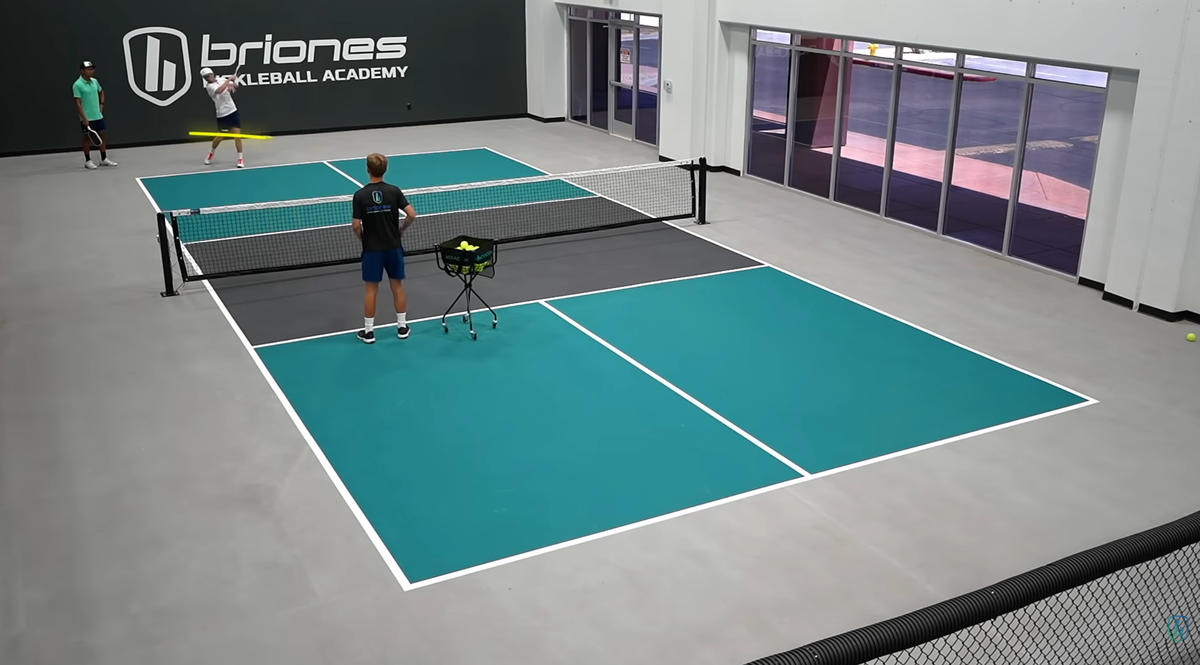
The Paddle Position Game-Changer
Here's something that separates the pros from everyone else: paddle positioning.
When your opponent prepares for a topspin shot with their paddle head below the level of the ball, you can't tell whether they're about to hit a dink or a speed-up. That ambiguity is powerful.
But if they prepare above the level of the ball with an open face? You know they can't attack effectively. You know they're no threat, and you can be aggressive with your positioning.
The lesson here is subtle but crucial: prepare below the level of the ball. From that position, if you have time and good positioning, you can hit a topspin shot. If you're out of position, you can open up the paddle face and hit a lift dink. You're keeping your opponent guessing instead of telegraphing your intentions.
The Bigger Picture
What Navratil is really describing is an evolution in pickleball's strategic sophistication. The game is moving toward more aggressive, spin-heavy play.
Players who can generate and handle topspin are winning. Players who rely on slices are getting left behind.This matters beyond just professional play, though. If you're playing against someone who can't handle a slice, absolutely exploit that weakness. But if you're trying to compete at higher levels or just want to understand where the game is heading, understanding why the slice is dead is essential.
The transition zone between recreational and competitive pickleball is where this knowledge becomes practical. You don't need to abandon slices entirely if you're playing casually. But if you're serious about improving, you need to understand why the pros have moved on and what they're doing instead.
Best Pickleball Paddles for Beginners: Complete Buying Guide with Expert Tips
The truth is, no paddle will magically fix your game, but the wrong one can absolutely make it harder to improve.
 The Dink PickleballThe Dink Media Team
The Dink PickleballThe Dink Media Team
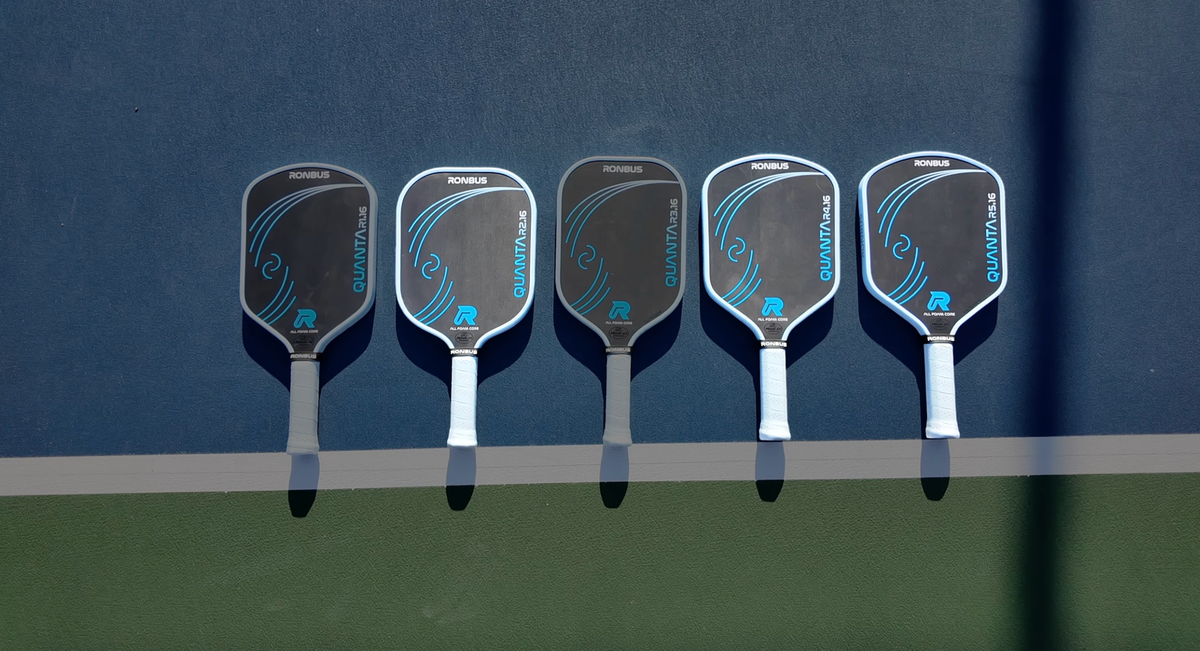
What's Next?
The game is getting faster, more aggressive, and more technically demanding.
The slice didn't die because it was a bad shot. It died because the game evolved faster than the shot could adapt. Raw carbon fiber paddles, better training methods, and a deeper understanding of spin mechanics all contributed. But the real story is that pickleball's best players figured out how to exploit the slice's weaknesses and moved on.
For everyone else, the takeaway is simple: if you want to keep up with where professional pickleball is heading, start thinking about topspin. Learn to generate it, learn to handle it, and learn to position yourself so your opponent can't tell what you're about to do. The slice had a good run. Now it's time to move forward.
Anuncie Aqui / Advertise Here
Sua marca para o mundo Pickleball! / Your brand for the Pickleball world!

 English
English  Spanish
Spanish  Portuguese
Portuguese  German
German  Italian
Italian  Japanese
Japanese  French
French  Polish
Polish  Russian
Russian  Netherlands
Netherlands  Hungarian
Hungarian  Turkish
Turkish  Videos
Videos 

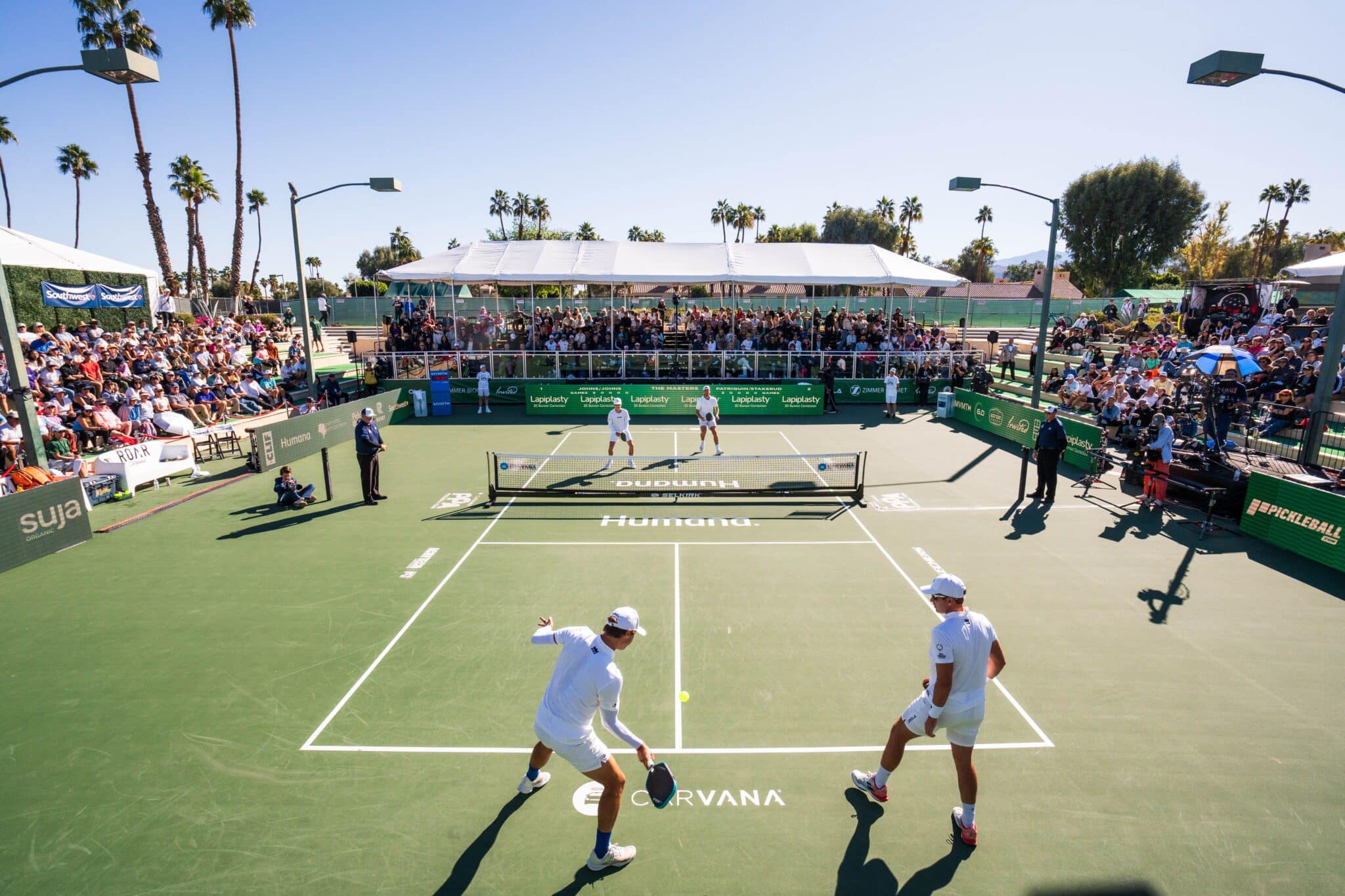
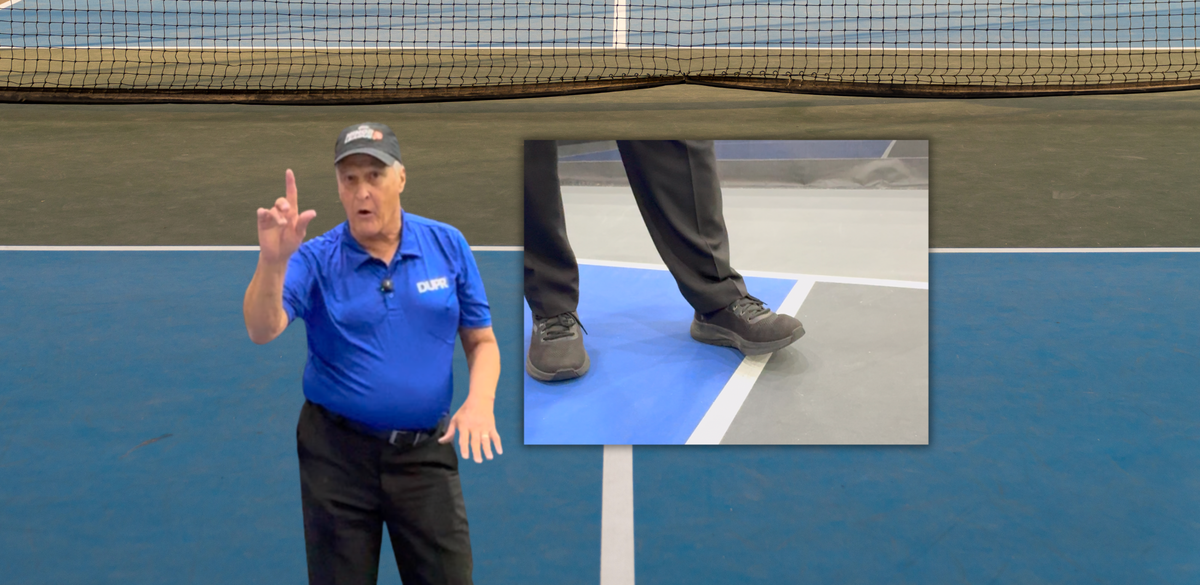
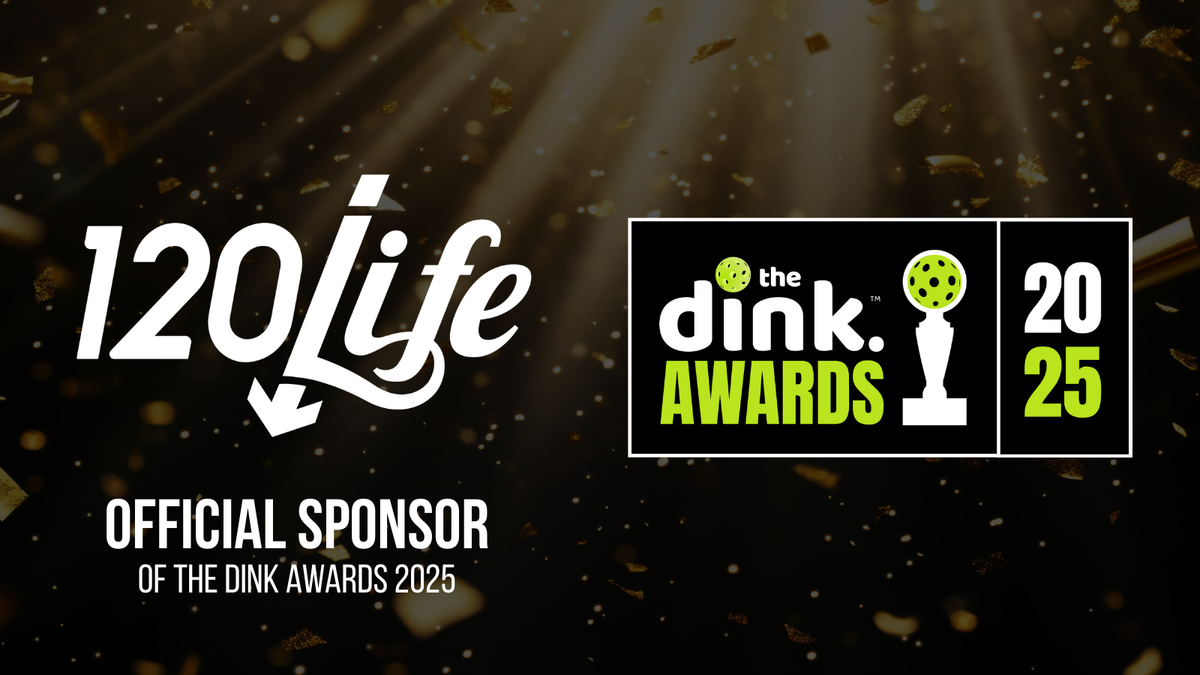




 English (US) ·
English (US) ·  Portuguese (BR) ·
Portuguese (BR) ·